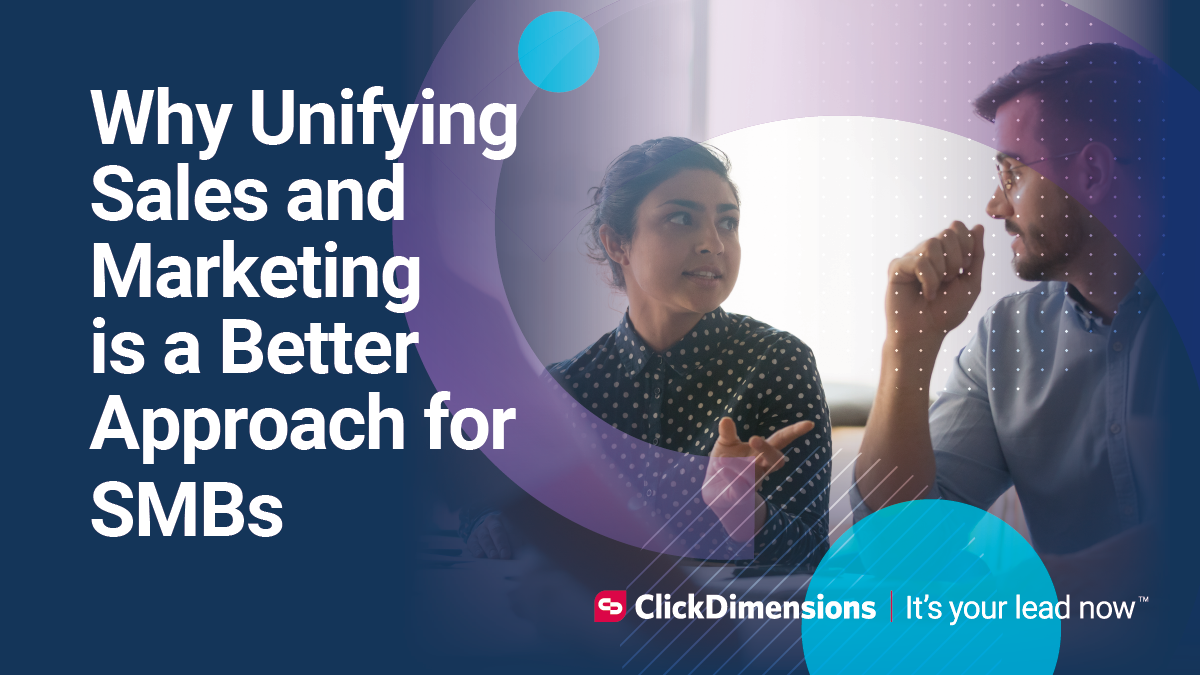B2B (business-to-business) digital-first sales cycles are here to stay. Influenced by the global effects of COVID-19, most SMB (small to mid-sized) B2B businesses have been heavily focused on digital marketing strategies and sales, that keep their business afloat as buyer trends evolve.
In 2022, though COVID-19 and work-from-home regulations have changed and almost resorted back to normal, the impact and customer preference for a digital-first approach is not slowing down. Preferences for digital touch points between the customer and the business are expected to skyrocket, especially over the next 3 years, breaking the mold and structure of many B2B businesses customer journeys.
Here are 3 ways to update your digital-first approach:
1. Create a culture of change
As the owner of a business, a CEO, or a department manager, it can be hard to get all of your ducks in a row across your business, especially when different internal teams have separate ways of working and individual focuses. Creating a culture of change in a business involves heavily promoting a shared goal within your organization. Reinforcing the power and importance of a digital-first approach will involve frequent communication between you and the rest of the company. This can be through one-to-ones, team meetings and even department performance reviews.
This type of high-level clarity prevents temporary fixes and hollow strategies from surfacing as each team and individual knows where they fit in the grand scheme and how their efforts are rewarded.
If there is a digital or communicative break within the walls of your business, then your customers will find it and it can make them turn away. Ensuring every part of your customer journey from the MQL stage (marketing qualified lead) all the way to the closed lead stage, feels digitally smooth will reduce profit losses. Customer drop-offs will be reduced, and an increased level of commitment will be seen as potential leads feel fully catered for by the business at every stage.
2. Unify internal technologies (sales and marketing)
For a digital-first strategy to be successful, everyone within the business must have clarity on where leads are coming from, what they want, and which technologies are available to facilitate a unified, holistic approach.
Creating awareness, producing personalized content, performing demos, and securing leads are all stages of one individual customer journey. The journey might be singular but the input from internal teams is not. Both Sales and Marketing will have their fingers in many pies as they both guide a potential lead through this journey.
When transforming this practice into a digital-first approach, using one tool which both Sales and Marketing can access and use, reduces finger-pointing at the end of the quarter due to incorrect comms between the two teams.
One of the many benefits of this approach is that Sales will be able to see which pieces of Marketing content an MQL has engaged with, personalizing their Sales approach, and providing (or requesting) further content from Marketing deepening the meaningful conversations your Sales team have with their leads.
Find out more about ‘The Future of Sale and Marketing in the Digital Age of B2B’ in our latest blog
3. Don’t be afraid to automate
Potentially one of the most crucial factors when building a digital-first approach is automation. Having your teams all on one page and unifying sales and marketing are both important steps to take, but if you and your business seriously want to stay ahead of the curve and continually increase profit margins, then understanding and implementing a strong automation strategy is pivotal.
Automation is more than just robots writing your marketing blogs. It is an approach towards B2B business that centers on data collection, using such data to lead score, track customer engagements and create workflows that personalizes your marketing efforts.
Through trigger responses, these workflows have the potential to create automated email nurture campaigns, provide access to gated content and further guide your potential leads through a journey that is designed to close sales.
This high-level examination and analysis is usually done by your teams which takes up considerable amounts of time. Time which could be better spent on improving and developing your business, marketing teams could instead be creating new content, sales teams could be attending more events and so on.
The digital-first trend is not going away any time soon and B2B businesses need to begin implementing innovative ideas and tools that reconstruct their existing, dated customer journeys, focusing more on a 100& digital, unified approach.
Creating change, unifying teams, and automating customer journeys are three of the most important ways any B2B business (regardless of size) can begin implementing and using a digital-first approach, to reduce profit losses and heighten customer satisfaction.









